Masi Magam, also known as Maasi Makam, is a significant Tamil Hindu festival celebrated by Tamil-speaking communities. It falls on Tuesday, March 3, 2026 , in the Tamil month of Masi during the Makam (Magha) Nakshatra. On Masi Magam, temple idols are taken in a grand procession to a seashore, river, pond, or lake for a ceremonial bath. Devotees accompanying the procession participate by taking ritual dips in the water body, which is believed to cleanse them of their sins and purify their souls.
This sacred festival is not only celebrated in Tamil Nadu but also in other parts of India and abroad, including Singapore, Thailand, and Indonesia, where Tamil communities continue the tradition with great devotion and fervor.
Festival Date, Time, Muhurat & Tithi
Masi Magam on Tuesday, March 3, 2026
Magam Nakshathram Begins - 07:51 AM on Mar 02, 2026
Magam Nakshathram Ends - 07:31 AM on Mar 03, 2026
On this auspicious day, devotees participate in processions where temple idols are ceremoniously bathed in water bodies such as seas, rivers, or ponds. This ritual symbolizes the purification of the soul and the washing away of sins.
Note: Sunrise and sunset vary by region and date due to India's geographical diversity. For exact timings, refer to local astronomical data.
Significance & Importance of Masi Magam
Masi Magam is deeply rooted in the themes of purification, renewal, and divine grace, making it one of the most soul-stirring festivals in Tamil tradition. Celebrated during the Tamil month of Masi, when the auspicious Magha Nakshatra aligns with powerful cosmic energies, this sacred day offers devotees a unique opportunity to cleanse their minds, bodies, and spirits while seeking the blessings of the divine.
At the heart of Masi Magam is the ceremonial bath of temple deities, where idols of gods and goddesses are carried in magnificent processions to rivers, seas, lakes, or ponds for a ritualistic immersion. This act is not just symbolic; it represents the ultimate surrender to the purifying power of water, a sacred element believed to wash away sins and dissolve the burdens of past karma. For devotees, taking a holy dip in the same waters is akin to a spiritual rebirth, offering a chance to start afresh with a cleansed soul and a renewed connection to the divine.
Masi Magam also carries the profound message of humility and surrender. The sight of deities being carried out of their sanctuaries and into the embrace of nature is a powerful reminder of the divine’s omnipresence and accessibility. The procession, accompanied by the rhythmic chants of prayers and the vibrant energy of devotees, creates an atmosphere charged with devotion and awe, drawing even casual observers into its spiritual magnetism.
This festival is not just about individual transformation; it’s also about ancestral reverence and communal harmony. Through rituals, prayers, and acts of charity, devotees honor their forebears, seek blessings for their lineage, and strengthen the bonds within their families and communities. The celestial alignment with the Makam Nakshatra, known for its associations with leadership, courage, and spiritual growth, amplifies the day’s significance, encouraging devotees to reflect on their own lives and seek divine guidance to overcome challenges.
Masi Magam is a time to let go of negativity, embrace the sacredness of life, and immerse oneself in the boundless grace of the divine. Whether it’s through the solemnity of prayers, the grandeur of processions, or the serenity of ritual dips, this auspicious day leaves an indelible mark on the hearts of those who experience its divine energy.
History of Masi Magam Festival
The Masi Magam Festival has its roots in ancient Tamil traditions and is steeped in spiritual significance, mythology, and community practices. It is celebrated during the Tamil month of Masi (February-March) when the Magha Nakshatra marks a time of heightened divine energy and cosmic alignment.
According to popular belief, Masi Magam is associated with the celestial phenomenon of Punarjanmam (rebirth) and the idea of washing away one’s karmic burdens. The tradition of taking deities in processions to water bodies, such as rivers, lakes, or seas, for a ceremonial bath, stems from the concept that water is a purifier that dissolves sins and brings spiritual renewal. This belief is rooted in Hindu scriptures, where water is seen as a conduit for divine grace and blessings.
One of the stories linked to Masi Magam relates to Bhagwan Shiva and Goddess Parvati. It is believed that on this day, Shiva and Parvati appeared to their devotees and blessed them with liberation from the cycle of birth and death. This day is also associated with the concept of Samudra Snanam (holy bath in the sea), which was historically performed by kings and sages as an act of penance and devotion to ensure prosperity and spiritual well-being for their people.
Another significant aspect of Masi Magam ties it to Bhagwan Vishnu. In many temples, it is believed that the deities are taken out of their sanctums and immersed in water to signify the Bhagwan’s grace descending to purify the earth. This act reflects the divine’s accessibility and willingness to cleanse devotees of their past sins, offering them a chance to start anew with a lighter spiritual burden.
In Tamil tradition, Masi Magam is seen as an occasion to honor the departed souls of one’s ancestors, seeking their blessings for familial prosperity and spiritual progress. The gathering of communities at water bodies during the festival symbolizes the collective purification and unity of humanity.
Through its stories and rituals, Masi Magam stands as a profound reminder of the cycle of life, death, and rebirth, emphasizing that spiritual renewal and divine grace are always within reach for those who seek them. This symbolic and ancient festival continues to inspire devotees across generations and geographies.
What to do on Masi Magam
Celebrating Masi Magam involves spiritual rituals, community participation, and acts of devotion.
- Early Morning Rituals : Start the day with a ritualistic bath at sunrise to purify the body and mind. Wear clean clothes and prepare for the day's spiritual activities.
- Visit Temples : Offer prayers at temples dedicated to Bhagwan Shiva, Vishnu, or Murugan. Participate in pujas and rituals, seeking divine blessings for prosperity and spiritual growth.
- Processions and Holy Dip : Join the grand processions where temple deities are taken to nearby water bodies, such as rivers, ponds, or seas. Participate in the ceremonial bath of the idols and take a holy dip yourself, which is believed to cleanse sins and grant spiritual renewal.
- Honoring Ancestors : Devotees perform tarpanam (ancestral offerings) by making ritualistic offerings of water, sesame seeds, and food, praying for the peace and progress of their ancestors’ souls. This act is believed to strengthen familial bonds across generations and invite blessings for spiritual and material well-being.
- Community Gatherings : Participate in communal prayers, bhajans, and devotional singing to connect with others and create an atmosphere of spiritual energy.
- Reflection and Gratitude : Spend time in personal reflection, offering gratitude to the divine for blessings, and seeking guidance for the future.
Masi Magam is a day of spiritual purification, unity, and devotion, offering a chance to align oneself with higher principles and divine grace.
Masi Magam Festival Puja Vidhi (Puja Procedure)
Masi Magam Festival Puja Vidhi is a simple yet profound way to honor the divine and seek spiritual blessings.
Below is a guide to performing the rituals:
- Early Morning Bath: Begin the day with a bath at sunrise, symbolizing purification of the body and soul. Wear clean, traditional clothes to maintain a sanctified state throughout the day.
- Preparation of the Altar: Set up a clean altar with idols or images of deities, especially Bhagwan Shiva, Bhagwan Vishnu, or Bhagwan Murugan. Decorate the altar with fresh flowers, lamps, and incense sticks.
- Invocation and Offerings: Light a ghee lamp and incense, and offer flowers, fruits, coconut, betel leaves, and Tulsi (if worshiping Bhagwan Vishnu). Chant sacred mantras or slokas dedicated to the deity, such as “Om Namah Shivaya” for Shiva or “Om Namo Narayanaya” for Vishnu.
- Sacred Water Rituals: If near a water body, participate in the ceremonial bath of temple idols. Offer prayers while taking a holy dip yourself, seeking forgiveness and purification from sins.
- Tarpanam for Ancestors: Perform ancestral rituals by offering water mixed with sesame seeds to honor and seek blessings from departed souls. This act is believed to bring peace to their spirits and blessings to the family.
- Recitation and Devotional Singing: Read from sacred scriptures or listen to stories of deities, and participate in bhajans or devotional songs to enhance spiritual energy.
- Charity and Food Distribution: End the puja by distributing food, clothes, or other essentials to the needy, embodying the spirit of compassion and generosity.
By performing these rituals with devotion, Masi Magam becomes an opportunity for spiritual renewal, purification, and alignment with divine grace.
Masi Magam Puja Mantra
Magha Nakshatra Mantra:
“Om Pitri Devaya Namah”
Meaning : 'I bow to the divine ancestral deities.'
This mantra is often chanted to honor ancestors, as Magha Nakshatra is strongly associated with pitris (ancestral spirits) and karmic lineage.
Masi Magam Vrat Vidhi (Fasting Procedure)
The Masi Magam Vrat Vidhi begins with an early morning bath, symbolizing purification of the body and mind. This act of cleansing prepares devotees for the spiritual discipline of fasting and devotion that marks the day. Wearing clean, traditional attire, devotees mentally prepare themselves to dedicate the day to spiritual growth and divine grace, taking a vow to observe the vrat with sincerity.
Fasting during Masi Magam can be observed in two ways. Devotees capable of a complete fast refrain from consuming food or water throughout the day, offering their physical endurance as an act of surrender to the divine. For those unable to undertake a full fast, a partial fast is observed by consuming only sattvic foods like fruits, milk, and water, while strictly avoiding grains, pulses, and tamasic items like onion and garlic. The focus of the vrat lies not merely in the abstinence from food but in fostering self-discipline and spiritual clarity.
Throughout the day, devotees immerse themselves in spiritual practices such as chanting mantras, meditating, and reading sacred texts such as the Bhagavad Gita or the Skanda Purana or the Shiva Purana . Many choose to visit temples or participate in rituals associated with Masi Magam, connecting deeply with the divine energies of the day. Prayers are offered to deities such as Bhagwan Shiva, Bhagwan Vishnu, or Murugan, and acts of charity are performed to align oneself with the virtues of compassion and humility.
The fast concludes either in the evening after the day’s rituals or the next morning. Devotees break their fast with light sattvic foods, ensuring the simplicity and purity of the observance are maintained. This moment is marked by gratitude, as devotees thank the divine for the strength to complete the vrat and the blessings received.
By observing the Masi Magam Vrat with dedication and devotion, devotees aim to purify their minds, cleanse past karma, and invite prosperity and spiritual growth into their lives. This sacred observance is a profound way to align oneself with divine grace and the higher purpose of life.
Masi Magam Vrat Katha (Traditional Fasting Story)
The Masi Magam Vrat Katha centers around the tale of King Vallala of Tiruvannamalai, an ardent devotee of Bhagwan Shiva. Despite his prosperity, King Vallala was childless and yearned for an heir. Moved by his devotion, Bhagwan Shiva appeared before him in the guise of a young boy. The king, unaware of the boy's true identity, extended his hospitality. Pleased with the king's kindness, the boy revealed himself as Bhagwan Shiva and granted the boon of performing the king's last rites upon his demise. In time, King Vallala passed away on the auspicious day of Masi Magam, and true to his promise, Bhagwan Shiva conducted the final rites. He further declared that those who bathe in the sea during Masi Magam would attain salvation. This legend underscores the festival's emphasis on devotion, divine grace, and the belief in the purifying power of sacred rituals.
Puja Utensils, Essentials
Rudra Centre brings an extensive collection of Puja Articles which caters to all that is required for daily and special Puja Vidhis. We offer variants of designs and sizes in each category. The list includes handcrafted Puja Mandirs, Puja Pedestals, offering Bowls, Panchpatra, intricately carved Puja Thalis, Abhishek Vessels, in different materials, Pure Silver/German Silver articles like Kalash, set of Shodash Upachara and Several other Puja Articles, which we deliver at your doorstep.
Vada (Magha Nakshatra)
For those born under Magha Nakshatra, or Leo (Simha rashi) zodiac sign, having a Vada plant at home/office brings immense blessings of the ruling planet and deity. Other names of the plant are Peral, Alamaram, Vatt, and Bargad.
Conclusion
In conclusion, Masi Magam is a spiritual festival that celebrates devotion, purification, and renewal. Ancient traditions and powerful legends inspire devotees to cleanse their minds and souls, honor their ancestors, and seek the blessings of Bhagwan Shiva, Vishnu, and Murugan on this auspicious day. Masi Magam connects people to the divine and the cosmos through sacred processions, ritual baths in holy waters, and compassionate acts of charity. At temples and water bodies, the collective energy of faith and devotion transcends individual efforts, emphasizing community, humility, and surrender. By sincerely performing Masi Magam rituals, one purifies oneself and strengthens ties to the divine and humanity. This festival reminds us of the cycle of life, death, and rebirth, giving those who celebrate it hope, redemption, and spiritual growth.


-in-Astrology.jpg)
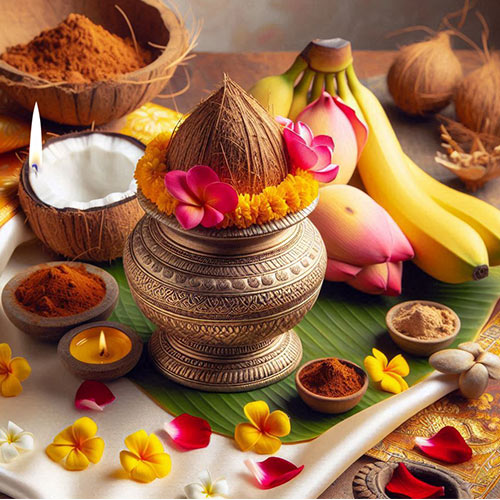
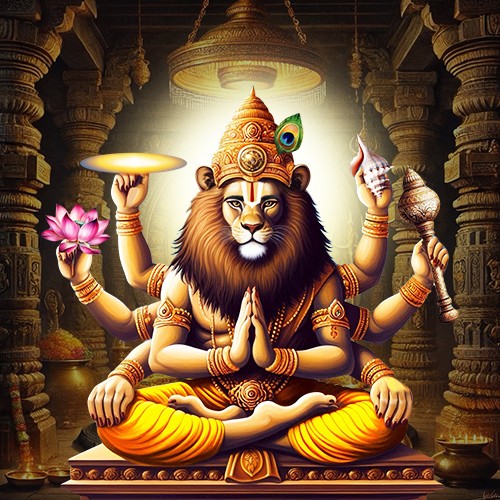
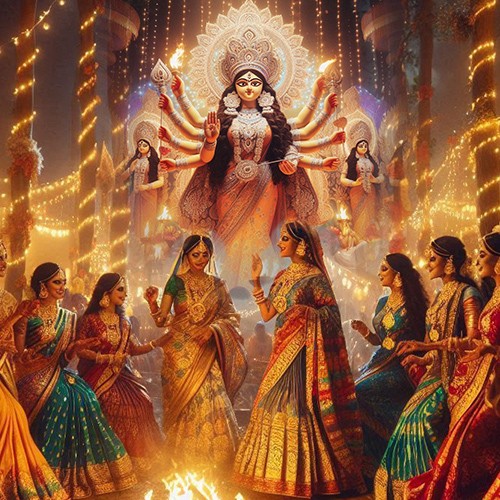
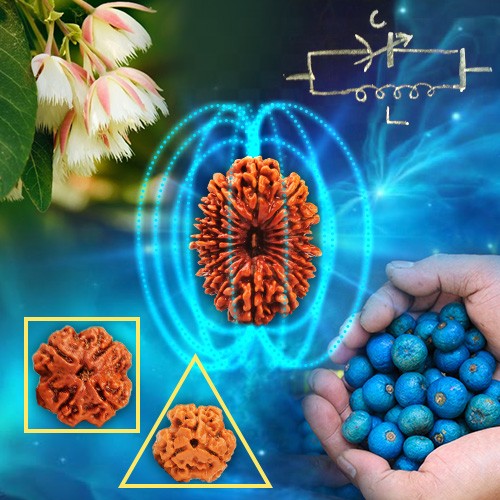

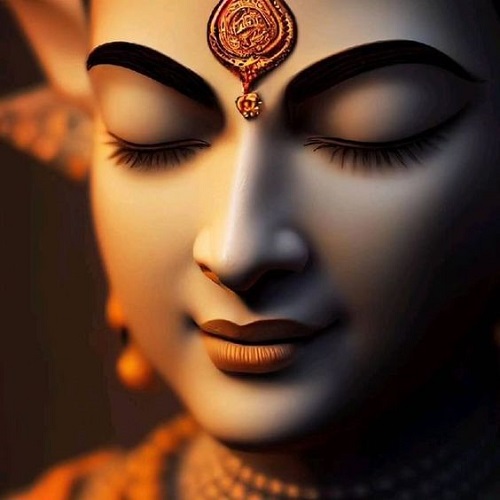
.jpg)
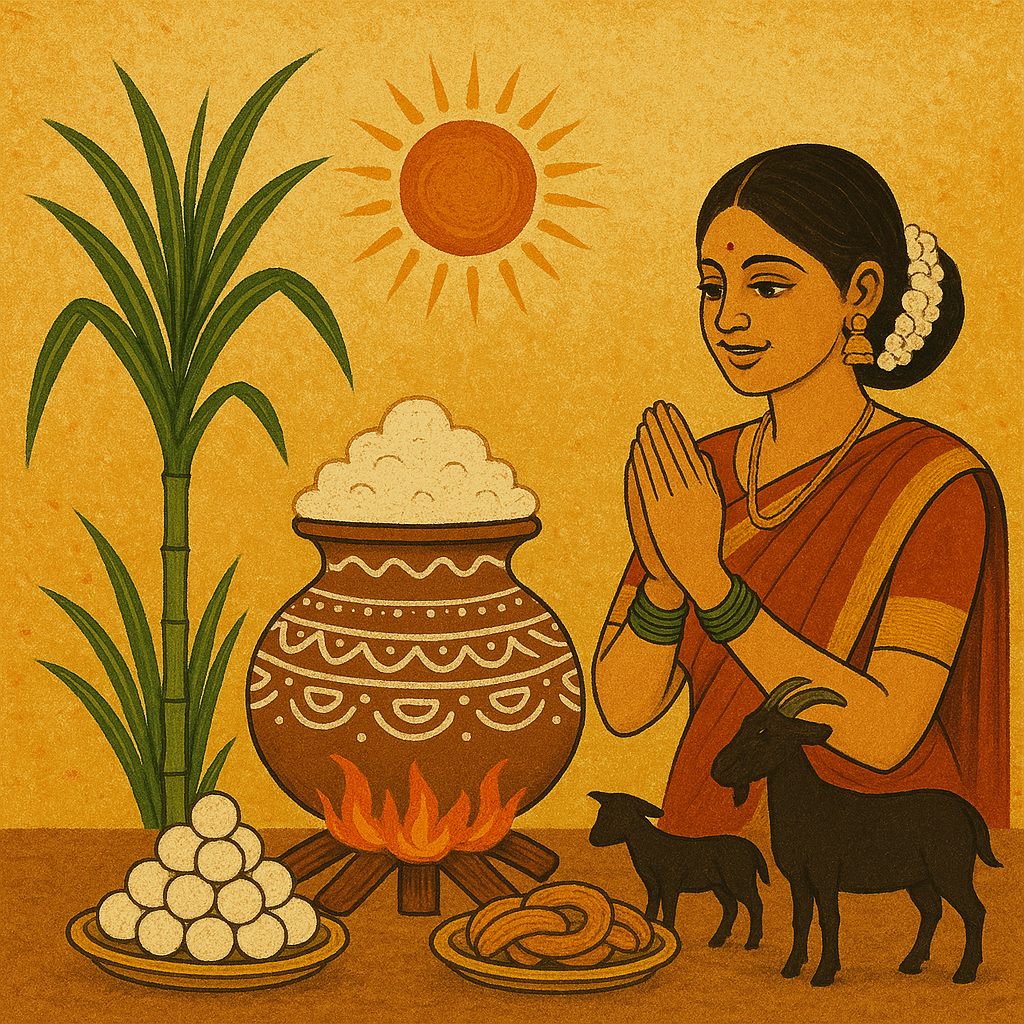
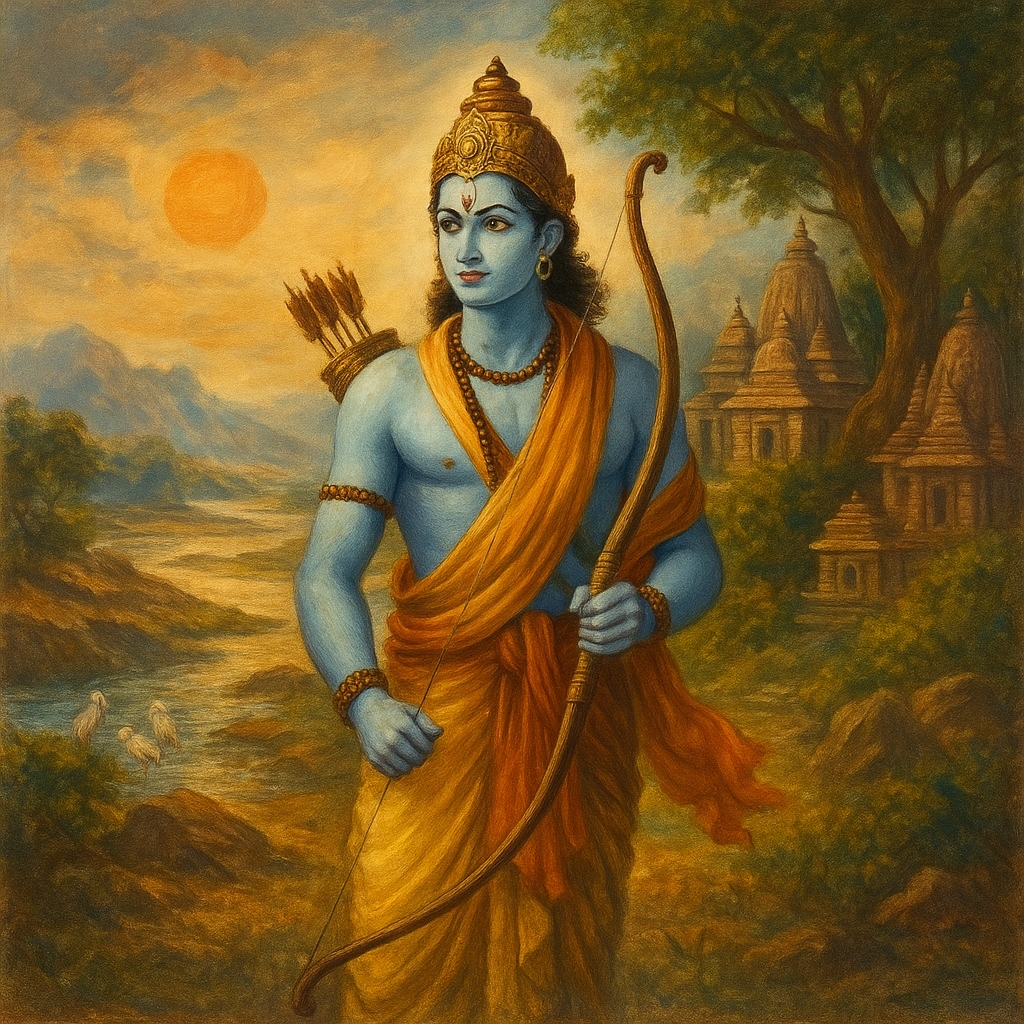
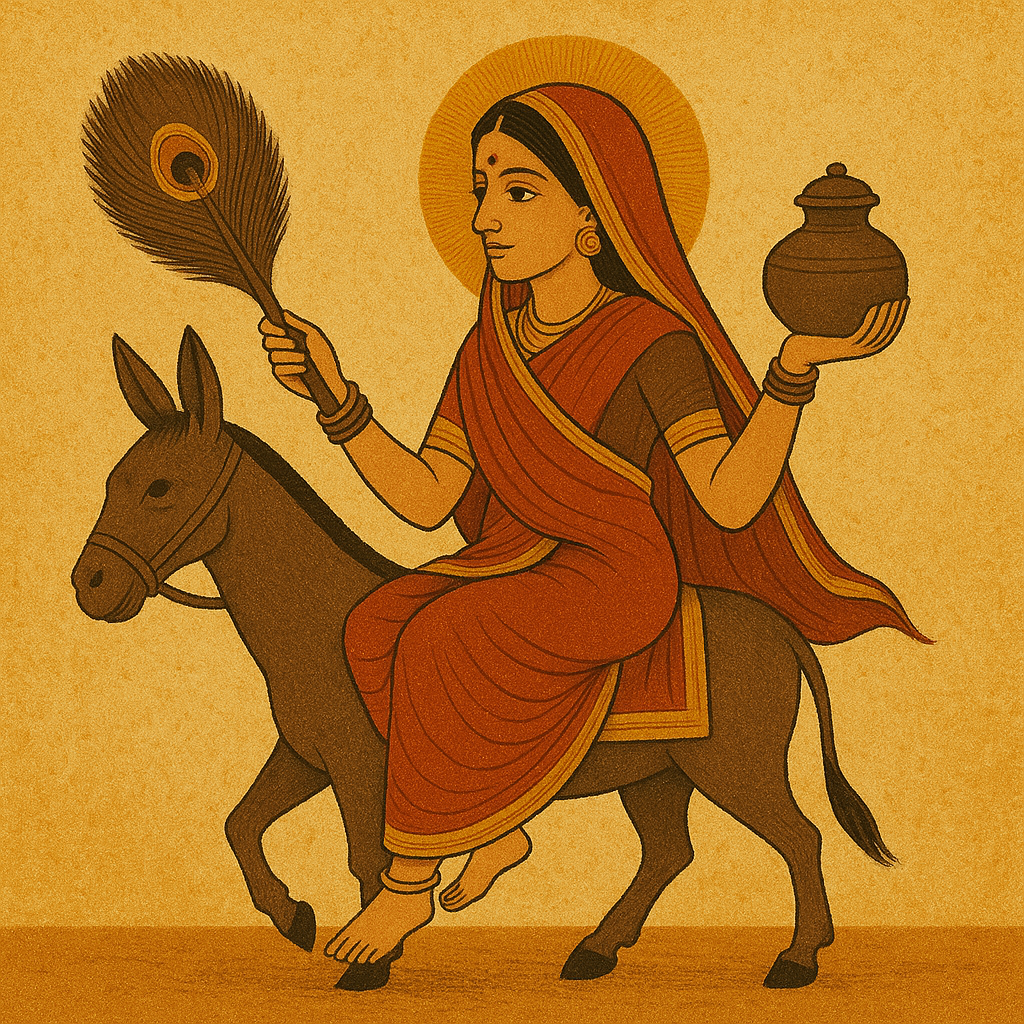
Comments 0
Leave your thought here